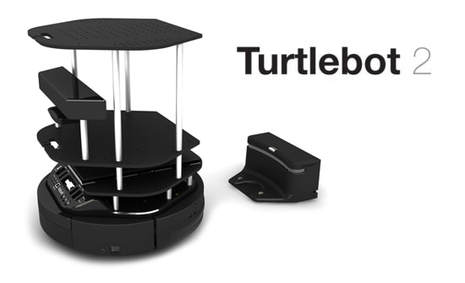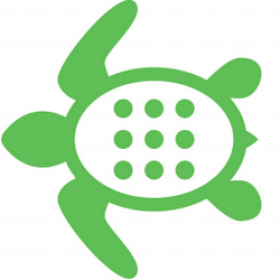PROJECTS ON TURTLEBOT SO FAR:
Line FollowerDeveloped an algorithm of weighted mean which sets priorties to the near region of turtlebot in captured image.A web cam is mounted on turtlebot to track the line and according to algorithm it is able to traverse any type of curves.
|
|
|
|
Navigaton using Parabolic ReflectorIntegrated a parabolic mirror to a webcam giving it 360-degree vision. Then using opencv_bridge, image processing is carried out to detect a blue color object in the field of view of the mirror and follow it. |
Autonomous Navigation Using
|
|
|
|
AutoExMap- Autonomous Exploration and Simultaneous Real-time 3D Map Generation
Implementation of customized Explore_Lite (Frontier-based exploration) and RTabmap packages to create a RGBD map of an unknown environment. A 2D cost-map was also obtained along with a 3D map. The ability to autonomously navigate an unknown region to create its depth map can be used for creating depth-map of floors.
|



